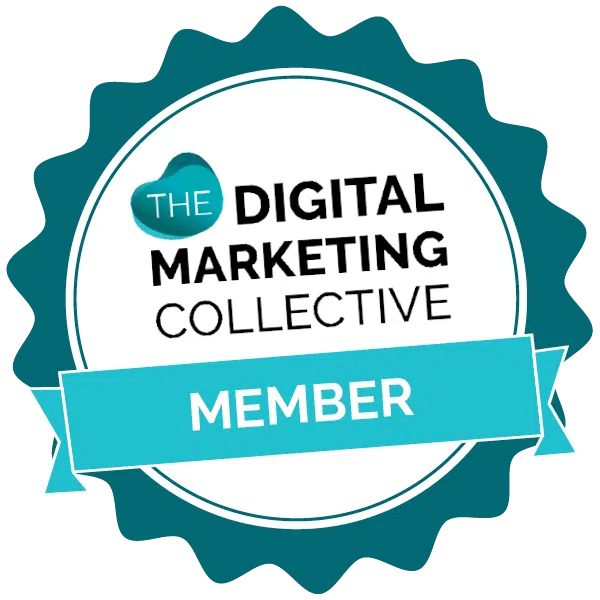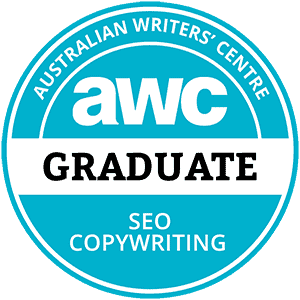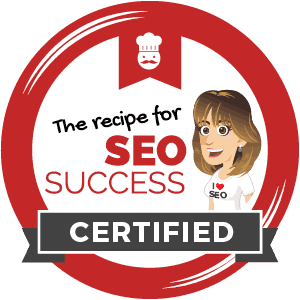Legal design writer
Are you looking for some fresh thinking for your project? Not sure where to start?
Add my skills to your team and watch your legal design project come to life
HOW DO YOU FIND NEW WAYS TO
PRESENT A LEGAL PRODUCT OR SERVICE?

Lawyers are under more pressure to think differently and find better solutions to legal issues. Why? Because increasingly, regulators require excellent communication starting with straight-as-an-arrow language. And clients are more savvy than ever. They’re informed, and they’re looking for a lawyer who gets it. Who’ll work with them to find practical solutions.
So as a lawyer, how do you please the regulatory gods, deliver the practical and innovative solutions that your clients demand, AND work within your professional confines? How do you find the solutions that will give you a competitive edge over other lawyers?
Legal design is the key – a global movement transforming the way law is practised and delivered. I’m a copywriter and former lawyer with legal design training from Bond University. I use my skills to help forward-thinking legal and corporate teams innovate and create. And all with a healthy sprinkling of jargon-free, straightforward language (and maybe some fairy dust).
“Legal design is a new way of transforming complex legal content,
products and services into intuitive customer experiences.”
Astrid Kohlmeier and Meera Klemola,
The Legal Design Book
Former lawyer
Plain-language specialist
Experienced SEO copywriter
Bond University legal design training
How it works
The premise of legal design is simple – the client’s issues are central. That’s what we call user-centric, or human-centred. The subject matter (for example, legal services, documents or issues) is designed around the client’s needs so we can create intuitive experiences. The user-centred concept is important because it’s different from the more common legal-centred approach.
A critical part of the legal design process is assembling the team for the project: experts from a range of disciplines. Team members work together for the best result, so it’s not only lawyers solving a problem. It could be graphic designers, web developers, information designers, management experts, a legal copywriter (yours truly), and any other relevant experts, all banding together to achieve a common goal. It’s about creating a fresh solution that’s a perfect fit for the client.

“Legal design is the application of … design to the world of law, to make legal systems
and services more human-centred, usable, and satisfying.”
Margaret Hagan, Law by Design
WHY SHOULD I CONSIDER A DESIGN SOLUTION
FOR A LEGAL ISSUE?
Designed solutions frequently help to increase profitability, and many big businesses regard them as a competitive edge. For evidence, look no further than your smartphone. It’s the product of massive investment in design for form, aesthetics and business strategy. And as we all know, smartphones have revolutionised all areas of our lives, including how we do business.
Still not convinced? No need to take my word for it.
In 2018, management consulting company McKinsey & Company published its landmark report, The Business Value of Design. It was a five-year study of 300 publicly-listed companies in the United States, the most extensive study of its type. The Report noted that companies that invested in design had improved their financial performance at almost double the rate of their competitors. This was in a range of sectors, regardless of whether they were product or service-based. Yep. There’s never been a more explicit or detailed study about how design helps the bottom line, so it’s a natural step for design to spread into law. Have a read. It’s riveting stuff.
Perhaps you need to think about different solutions to a legal problem. Or your client wants something new, and you’re not sure how to start. Maybe you need to improve a consumer response to a product. Whatever the challenge, legal design may be the answer. Here are a few examples of legal design solutions:
Communicating privacy information
Designing a contract so it's easier to read
Creating interactive workplace training
Providing information about what to expect in court
Designing documents for multiple countries
Implementing legal tech solutions
Streamlining recruitment processes
Improving client onboarding and communication
Communicating effectively with non-English speakers
Let’s see what we can create together
BUT WHAT CAN A COPYWRITER
CONTRIBUTE TO LEGAL DESIGN?

I can help you plan and manage your project with my legal design training. And we can put my skills to excellent use through:
- information restructuring
- plain-language editing
- content writing and copywriting
- search engine optimisation (SEO)
- wireframing web content
- content strategy and advice
- dark pattern discussions.
When you give me a seat at your round table, you can add more dimensions to your project, such as readability, user experience and how you communicate the result.
But that’s not all. When your legally designed project is ready to send into the world, I can help you promote your results with my copywriting services, including:
Website articles
Case studies
Whitepapers
Website pages
Email sequences
Podcast show notes
Media releases
Law firm profiles
SEO editing
Workplace courses
Video scripts
Sales & landing pages
Legal design can help you deliver brilliant,
user-friendly legal services
THE SIX STAGES OF LEGAL DESIGN PROJECTS

Assembling the team
Identifying the ideal skillsets and people from a range of disciplines
Researching and inquiring
Digging deep into the task to understand the problems
Defining the issue
Pinpointing the issue using insights from our research
Developing the idea
Using creative thinking and idea refinement for possible solutions
Prototyping and testing
Putting our best ideas to work with testing and improvements
Implementing
Sending the solution live, monitoring the results, creating follow-up content
Want me to join your legal design team?
WHO IT’S FOR
- in-house lawyers
- in-house innovation teams
- private law firms
- legal tech companies
- other legal service providers.
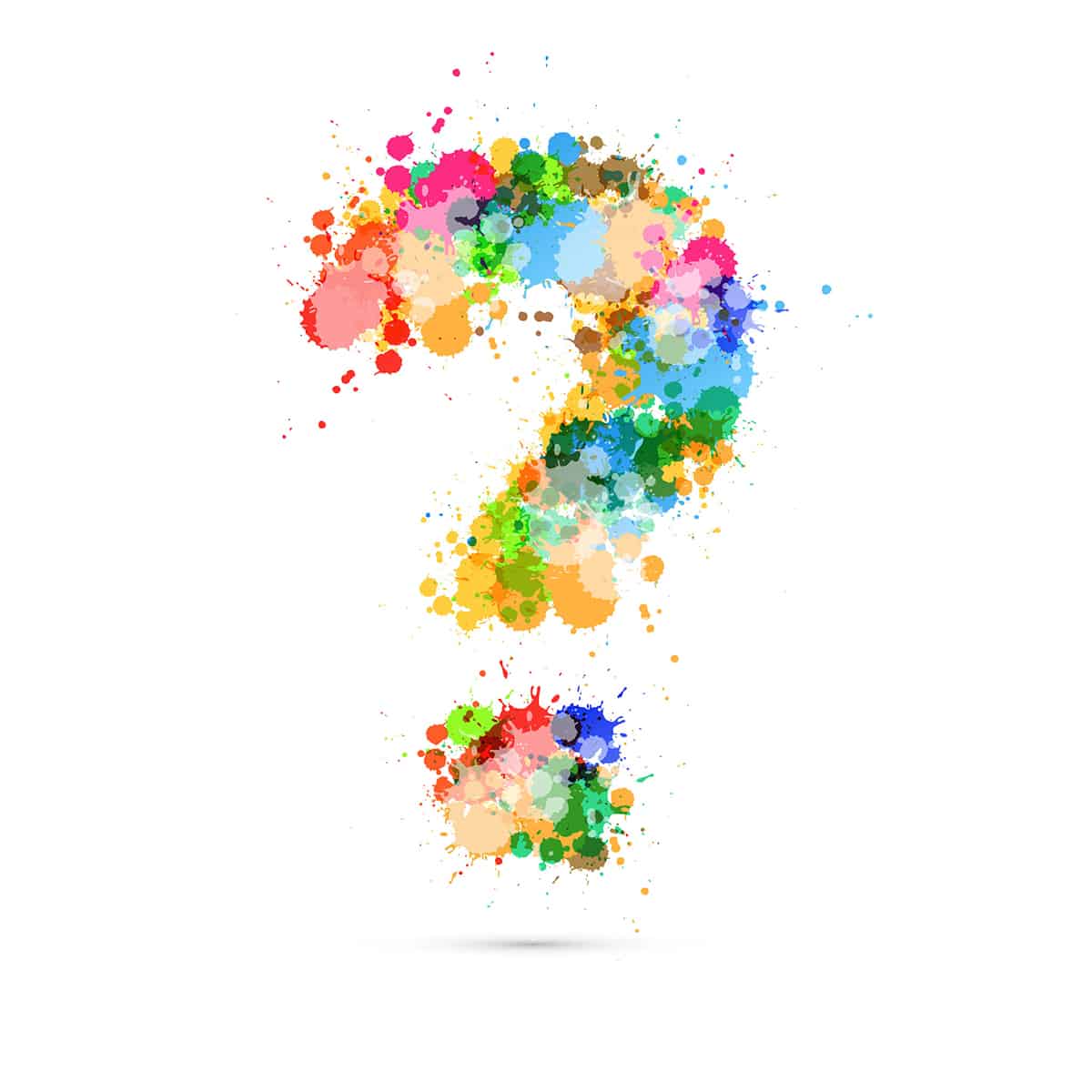
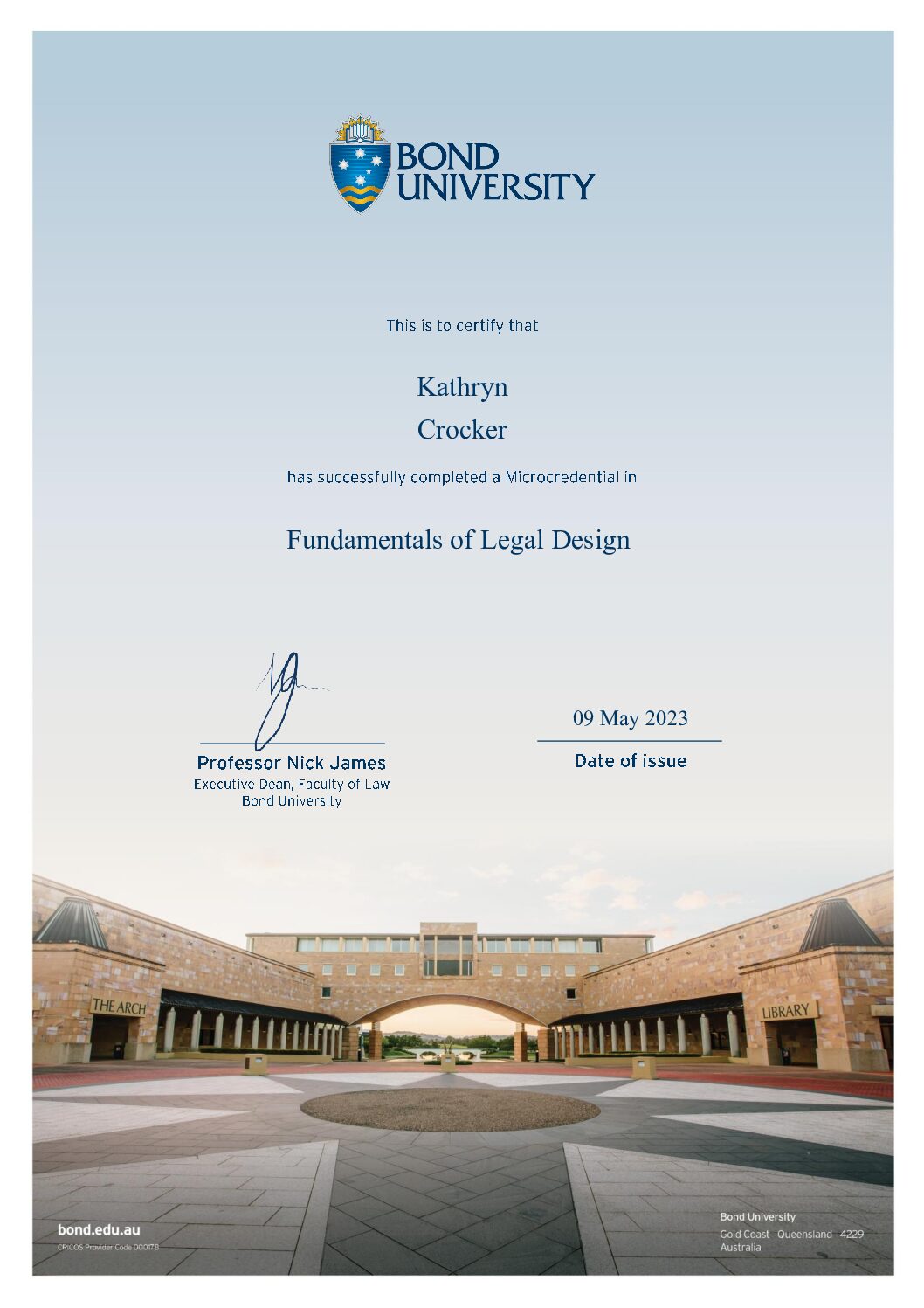
ACHIEVEMENTS AND MEMBERSHIPS

About me

I’m Kate. I’m a legal design copywriter with a swag of diverse skills that led me down this path. I found my legal design niche through:
- My former legal career
- Working in legal education
- Setting up a recipe site and writing a cookbook
- Working as a legal content manager
- Becoming a legal copywriter
- Training in SEO and sales page copywriting
- Earning a legal design microcredential from Bond University
I’ve built my legal copywriting business working with Australian law firms and companies to deliver plain-language content. But improving the words alone often isn’t enough to achieve excellent readability. How the words sit on the page is also crucial. It means that user experience matters. This concept is also known as UX, legal user experience or LUX.
UX requires an empathetic approach which suits me to a tee. I love collaborative projects, wireframing (mocking up webpages) and getting into the nitty-gritty of the user journey. So, when I discovered that legal design was an actual thing, it seemed like a natural step to incorporate it into my services.
Testimonials
ARE YOU READY?
It starts with a conversation. Get in touch and let’s discuss your project: the issues, the requirements, and my services. Whether you need a facilitator or a legal design writer (or both) at your round table, I can help.
Frequently asked questions
How much does it cost?
How long will it take?
Will I have to pay an upfront fee?
How do I convince my colleagues to try a legal design process?
What are dark patterns, and why do they matter?
- Making unintended decisions.
- Doing things without realising.
- Doing things against their will.
- Making uninformed decisions.
Examples include:
- A ticking clock creates urgency to buy a product. It continually resets, so the urgency is false.
- The user struggles to read complicated website terms and conditions, so they blindly agree.
- Hidden fees are only revealed when the user has entered personal information on a website.
I’VE WORKED WITH MANY ORGANISATIONS, INCLUDING:










IMAGINE HOW LEGAL DESIGN COULD TRANSFORM YOUR LEGAL SERVICES
Your investment
- My fees depend on several things, including:
- Project scope
- Complexity
- My role
- Timings
- Involvement of other parties
- I’ll estimate my fees once you’ve briefed me and we’ve discussed how things may proceed. If my estimate works with your budget, I’ll give you a fixed quote in a proposal, along with my terms and conditions of service.
READY WHEN YOU ARE
Let’s get the ball rolling


